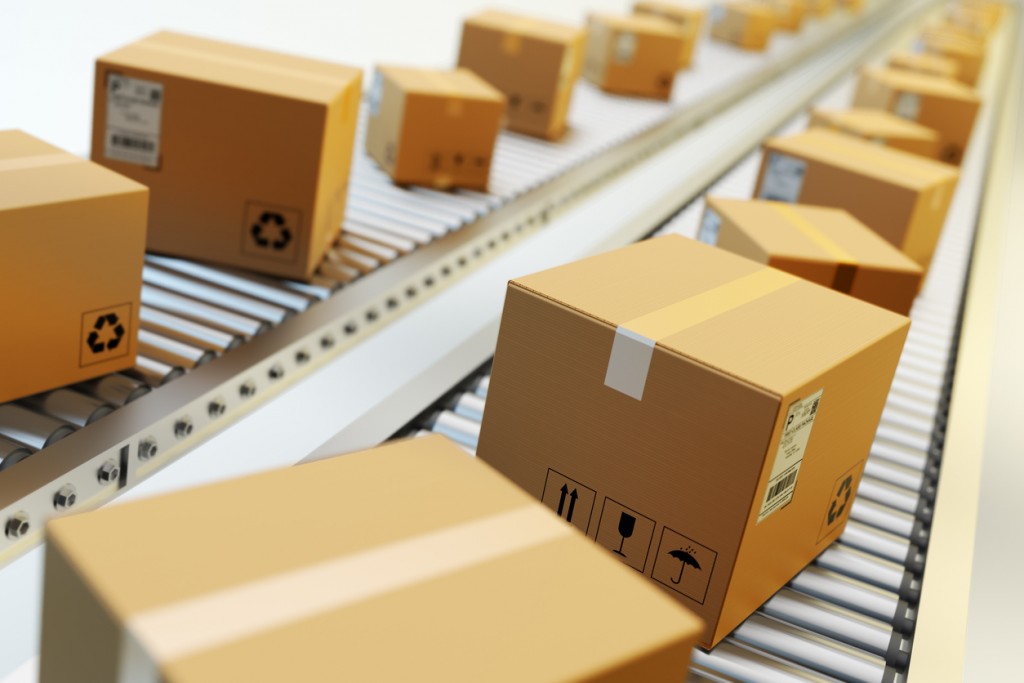Amazon continues to drive change in the e-commerce arena, aggressively growing their next-day, Prime delivery initiative. Today, it is nearly impossible for most e-commerce merchants to offer the combination of free-shipping and next-day delivery to most of the continental US, without compromising profit using costly Express delivery services. However, by 2022, Amazon is on track to support affordable next-day delivery to most US addresses and, today, offers the largest on-demand, same-day delivery network, Amazon Flex, in North America.
The question begs, what drives Amazon’s speed-to-market, competitive advantage?
- Over 110 Giant Fulfillment Centers – No other merchant, 3PL, or parcel carrier comes close to the scope and size of Amazon’s fulfillment center network, which allows them to put more product SKU’s closer to the consumer.
- Amazon’s Growing Last Mile Delivery Network – This network boasts hundreds of local delivery terminals and tens-of-thousands delivery vehicles/drivers, all focused on the e-commerce, home delivery.
- Amazon Air – Amazon’s exclusive fleet of over 60 wide-body cargo jets, whose sole focus is to support positioning and repositioning of merchandise in support next-day delivery, is a huge competitive advantage.
How 3PL Companies Can Compete Against Amazon
The Amazon fulfillment advantage is overwhelming, but not impossible to compete against.
For example, large big-box merchants like Walmart and Target are using their stores as forward stocking fulfillment centers to support same-day/next-day delivery and in-store pick-up by the consumer. However, this solution is not an option for most e-commerce merchants, that possess no retail footprint. These merchants are still dependent on their existing, 2-day ground delivery model via regional fulfillment centers.
While the 2-day ground model is reliable and cost-efficient, it cannot support same-day and next-day delivery across most markets that are served via this legacy distribution model.
Two-day ground delivery is not dead, but it is old news. E-commerce merchants and 3d party fulfillment service providers must design and embrace affordable same-day and next-day delivery solutions, if they are to take back Amazon’s speed-to-market delivery advantage.
The Micro Fulfillment Center (MFC) Revolution
This is how the MFC model works:
- 3rd party fulfillment organizations and only the largest retailers locate smaller fulfillment centers close to or within large metro marketplaces, nearer to the consumer.
- These forward stocking, micro fulfillment centers can serve multiple merchants, and support same-day and next-day delivery to the consumers in the immediately adjacent metro marketplaces.
- MFC’s tend to incorporate robotic product pick technology that drives faster order processing and lower operational cost, specific to labor expense.
- MFC’s support fewer SKU’s versus large fulfilment centers, and usually warehouse products with high turn-over rates.
- Ideally, replenishment of MFC’s takes place during off-peak traffic periods, and in many cases, during the late evening and early morning hours.
Delivery Service Options
- Same-Day Delivery – The MFC model is ideally suited to be supported via a same-day, on-demand delivery solution, which matches up well with Amazon’s same-day delivery service offering, Amazon Flex.
- Next-Day Delivery – This service option allows for the bundling of multiple delivery stops within a route and the ability to make scheduled delivery stops, which drives efficiency and reduced cost per stop. Numerous carriers offer next-day, same market delivery, to include small local delivery companies and UPS/FedEx.
MFC’s Barriers to Success
- Land Acquisition Expense – Property within or adjacent to major metro markets is expensive.
- Robotic Product Pick Functionality – While robotics displaces human labor costs over time, upfront cost is high.
- On-Demand, Same-Day Delivery – This service can be costly if needed to support unbundled delivery stop routing, point-to-point deliveries.
- Middle Sized/Small Market Support – The MFC model only works well in large metro markets and struggles in smaller markets where it is difficult to achieve any reasonable kind of delivery stop density.
The 2-day ground fulfillment model is still relevant as there is much that the MFC cannot support and the MFC fulfillment model may only be suitable for smaller SKU’s. However, while the challenges to designing and implementing low-cost micro fulfillment solutions are numerous, they must be overcome if e-commerce merchants are to successfully compete against Amazon’s free shipping, same-day/next-day, Prime value proposition.
Survival in the marketplace is a great motivator towards overcoming barriers to success, so expect MFC fulfillment models to evolve and become viable e-commerce fulfillment solutions.
About the author
Contributing editor Dean Maciuba is Managing Partner of Last Mile Experts, an e-commerce last mile CEP consultancy. He advises clients on e-commerce, last mile, and courier express & parcel matters in the US and Canada.


